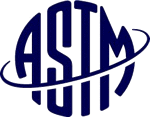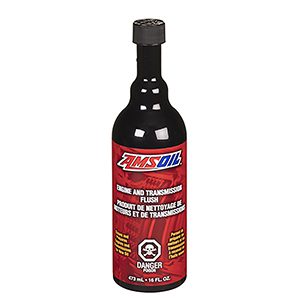
Detecting Glycol-Base Antifreeze in Used Lubricating Oils
In the realm of lubricating oils, the intrusion of glycol-base antifreeze poses a significant threat, particularly in the context of engine performance. ASTM D2982, delineates essential methodologies to identify and address this issue effectively.
Significance and Purpose
The paramount importance of detecting glycol-base antifreeze in used lubricating oils lies in preventing adverse effects on engine functionality. The interference of coolant with lubricant compromises the lubricating ability, leading to sludging, varnish deposits, and potential engine malfunction. ASTM D2982 emphasizes the serious repercussions of glycol oxidation and its interaction with lubricant, paving the way for displacement, sludge formation, and deposit accumulation.
The significance is underscored by the ability of these test methods to detect coolant contamination even at minimal levels. Early detection becomes pivotal in implementing corrective measures to prevent cumulative damage to the engine. The portability of reagents as a field kit adds practicality to the procedure, enabling on-site testing and timely interventions.
Scope and Test Procedures
1. Qualitative Determination
ASTM D2982 encompasses two procedures for the qualitative determination of glycol-base antifreeze in used lubricating oils. The tablet procedure (Procedure A) exhibits sensitivity to about 100 mg/kg, while the shelf reagent procedure (Procedure B) detects levels as low as 300 mg/kg of ethylene glycol. These procedures primarily target ethylene glycol but also extend to other 1,2-glycols that might be present.
1.1 Reference Testing
When a positive result is obtained, referencing the unused oil serves as a crucial step. This reference aids in discerning the extent of contamination and serves as a benchmark, especially considering advancements in base stock and additive technologies.
1.3 Limitations and Considerations
While these test methods offer robust detection, certain conditions in crankcases may lead to inconclusive results. Degradation or oxidation of glycol can affect the accuracy of the test. In such cases, supplementary test methods may be necessary to ensure conclusive findings.
1.4 Addressing Sabotage Concerns
To account for potential sabotage involving carbohydrates, Procedure A includes a modification to eliminate interference from sugars and sugar-containing substances, enhancing the accuracy of the results.
Adaptability and Commercial Availability
Both procedures outlined in ASTM D2982 are adaptable for field kit use. Commercial field testing kits are readily available, streamlining the process for practical, on-the-go applications.
ASTM D2982 stands as a crucial standard in the battle against glycol-base antifreeze contamination in used lubricating oils. By employing these test methods, businesses like Vyscocity can ensure the reliability and performance of lubricants, ultimately contributing to the longevity and efficiency of engines in various applications.










